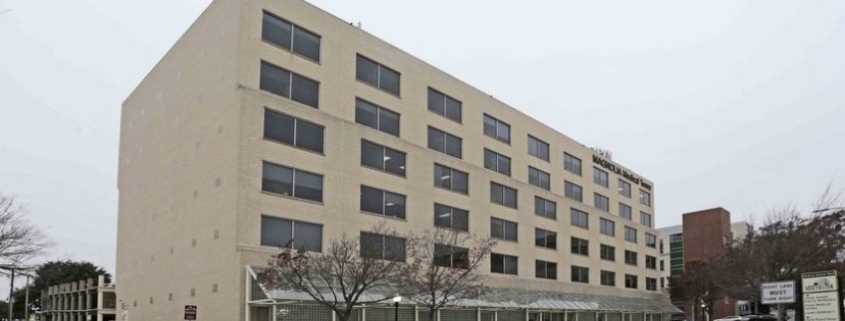$7.9M Medical Office Building Set For The Clearfork West Development In SW Fort Worth, Texas
In the first ground-up project for its tenant partnership program, SkyWalker Property Partners has started site work on a $7.9-million medical office building on the last commercial tract in the Edwards family’s Clearfork West development in southwest Fort Worth.
SkyWalker Property is developing the 20,200-square foot project at 5612 Edwards Ranch Rd. for its fund, When Opportunity Knocks LLC. Dr. Nathan Lesley, a orthopedic hand surgeon based in Fort Worth, has leased 50% of the two-story building and invested in the project. The 10,100-square foot balance is available for lease.
The as-yet unnamed project will be situated within a short drive of the Fort Worth medical district, where Lesley has his current office in the Fort Worth Hand Center. The 1.8-acre site also is close to Chisholm Trail Parkway and Interstates 20, 30 and 35.
“We had been searching a long time for a building to buy and renovate. Development seemed to be the quickest and best way to meet Dr. Lesley’s expansion needs,” said Gary Walker, founder and president of Arlington-based SkyWalker Property Partners. “When you can’t find what you want, you start to think ‘where would you want to build.’ We were fortunate to be able to acquire this site, which is an ideal location for his expanding practice.”
The medical office building will be completed in Q1 2020. Prim Construction LLC of Fort Worth is the general contractor. The local architect is 97w, a collaborative design firm. Frost Bank is the project lender. Walker‘s longtime colleagues Theron Bryant and Casey Tounget of Transwestern have been retained to lease the 10,100 square foot of available first-floor medical/general office space. Lesley has signed a 10-year lease for the entire second level to house his practice and full-service physical therapy clinic, The Hand & Upper Extremity Institute.
“Unfortunately, health-care costs continue to rise. With SkyWalker’s help, The Hand and Upper Extremity Institute will have the ability to offer comprehensive care from the initial patient visit through surgical procedures and physical therapy, if necessary,” Lesley said. “This will allow us to manage costs while continuing our mission of providing exceptional care to every patient, every time.”
The developer of record, I Can See Clear Fork Now LLC, is a single-purpose entity of SkyWalker‘s co-investment program, which requires a five- to 10-year lease commitment. Under the tenant partnership agreement, SkyWalker Property will build and provide leasing services until occupancy stabilization is achieved.
“This investment strategy was always intended to be a flexible facilitator of user/tenant needs. We’ve taken it to the next level with this ground-up project,” Walker explains. “And, we’re optimistic the future holds more tenant partnerships.”
Source: Fort Worth Business Press






